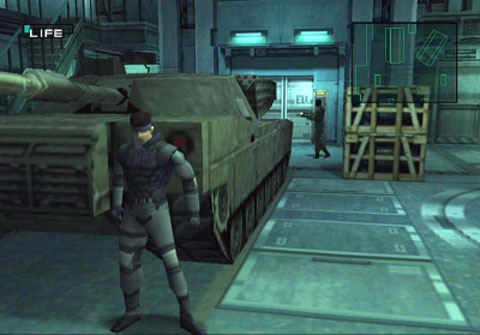Its a method of indirect lighting developed by mental ray and part of a quicker solution than something like Luxrender's more physically correct approx


I've done a little comparison for myself to justify the different render times. The first render is just raytraced shadow using one directional light attached to the mental ray Sun node. The shadows are pitch black and there is no indirect lighting at all. As ever click the images for full screen.
render time: 1.24
This next shot uses Final Gather, which is a mental ray feature that seems to be (from what I've read) an approximation of Global Illumination which is what calculates bounces light from the main light source and creates more realistic rendering. Final Gather uses a different algorithm with fakes G.I (global illumination) isn't as physically accurate, but can create better looking renders that reveal more fine detail in models rather than bouncing light into every crack and creating an expensive and boringly diffuse look.
render time: 2.59
This render refines the Final gather settings to add "secondary diffuse bounces". I tried this with both 2 bounces and 5, and the was no discernible difference. What it appears to be trying to do is Final Gather but with the benefits of G.I's bounce lighting, so the darker faces and corners in the 2nd render are smoothed out by the light more realistically bouncing around and creating a more organic look. It also helps even out the tone of the shadows as they fall across the geometry. G.I can even out the tones so much that all contrast is washed away in a wave of light bouncing goodness, to the extent that the mental ray manual even suggests using ambient occlusion to re-introduce shadow to the scene.
render time: 3.26
Extra Credits is a great resource for game critique, and this one is one of my favourite. It explains why everyone should go play Mass Effect 2...now.
I might have to broaden these sharing sections, I'm starting to bore myself with the lack of diversity.
As you can see from the fact that the only new thing in this render is a drain pipe and the castellated turret on the right, progress is slow.
Here's one where I managed to make it look like custard by screwing up the blending modes for the ambient occlusion pass which was broken anyway.
In other news here is one of the best and most comprehensive responses to Roger Ebert's continued denial of games as an art form, a debate that is starting to bore me as people on both sides have come to their own conclusions and won't be budging any time soon.
Extra Credits is a great resource for game critique, and this one is one of my favourite. It explains why everyone should go play Mass Effect 2...now.
I might have to broaden these sharing sections, I'm starting to bore myself with the lack of diversity.



















